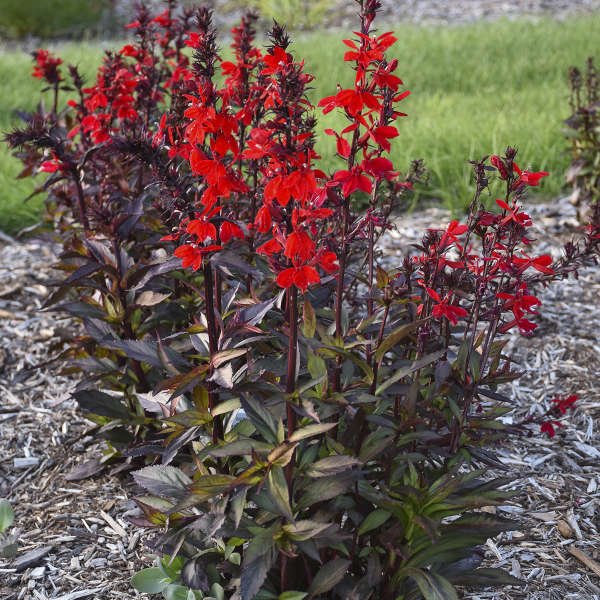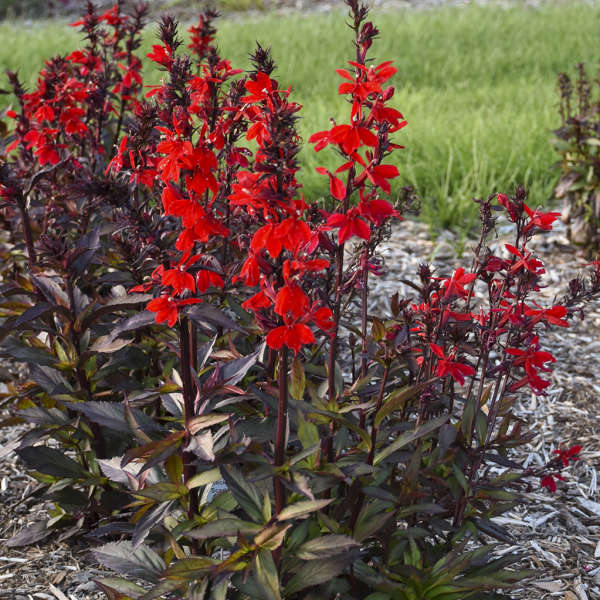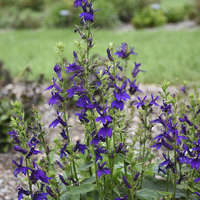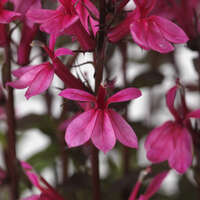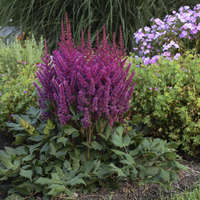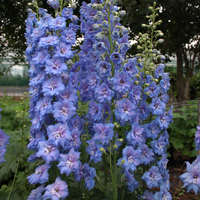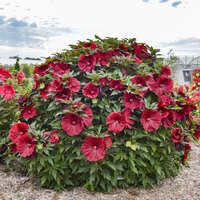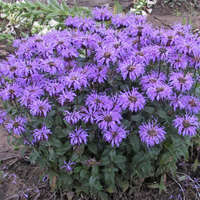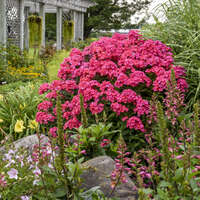Growing Temperature:
60° F or greater
Holding Temperature:
50° F
Soil PH:
5.8-6.2
EC (What is EC?):
1.1-1.5 pour through method
Fertility:
Apply a constant liquid feed of 75-100 ppm N at each watering.
Vernalization:
Cold beneficial 7-10 weeks.
Pests & Diseases:
Aphids, fungus gnat larvae (in greenhouse), plant bugs, leafhopper, red-banded leafroller (Argyrotaenia), wireworms, southern root-knot nematode, slugs, snails, thrips, two-spotted spider mites.
Botrytis blight, damping-off (Pythium), root rots, rust (Puccinia), smut (Entyloma), crown rot, leaf spots, viruses.
Potting & Timing:
Plugs can be potted in spring.
Moisture:
For potting soil use commercial planting media.
Moist soil is essential, but do not allow standing water.
Water thoroughly and allow to dry slightly between waterings.
Planting Level:
At soil line.
PGRs/Pinching:
5 ppm Sumagic, 25 ppm A-Rest or 2,500 ppm B-Nine. It may be necessary to make 2-3 applications at seven-day intervals.
Lighting:
Lobelia are day neutral plants but can flower 2 weeks earlier if grown under long days.
